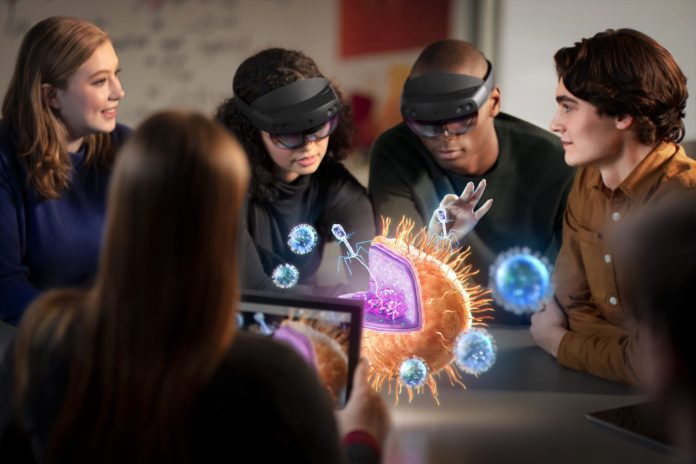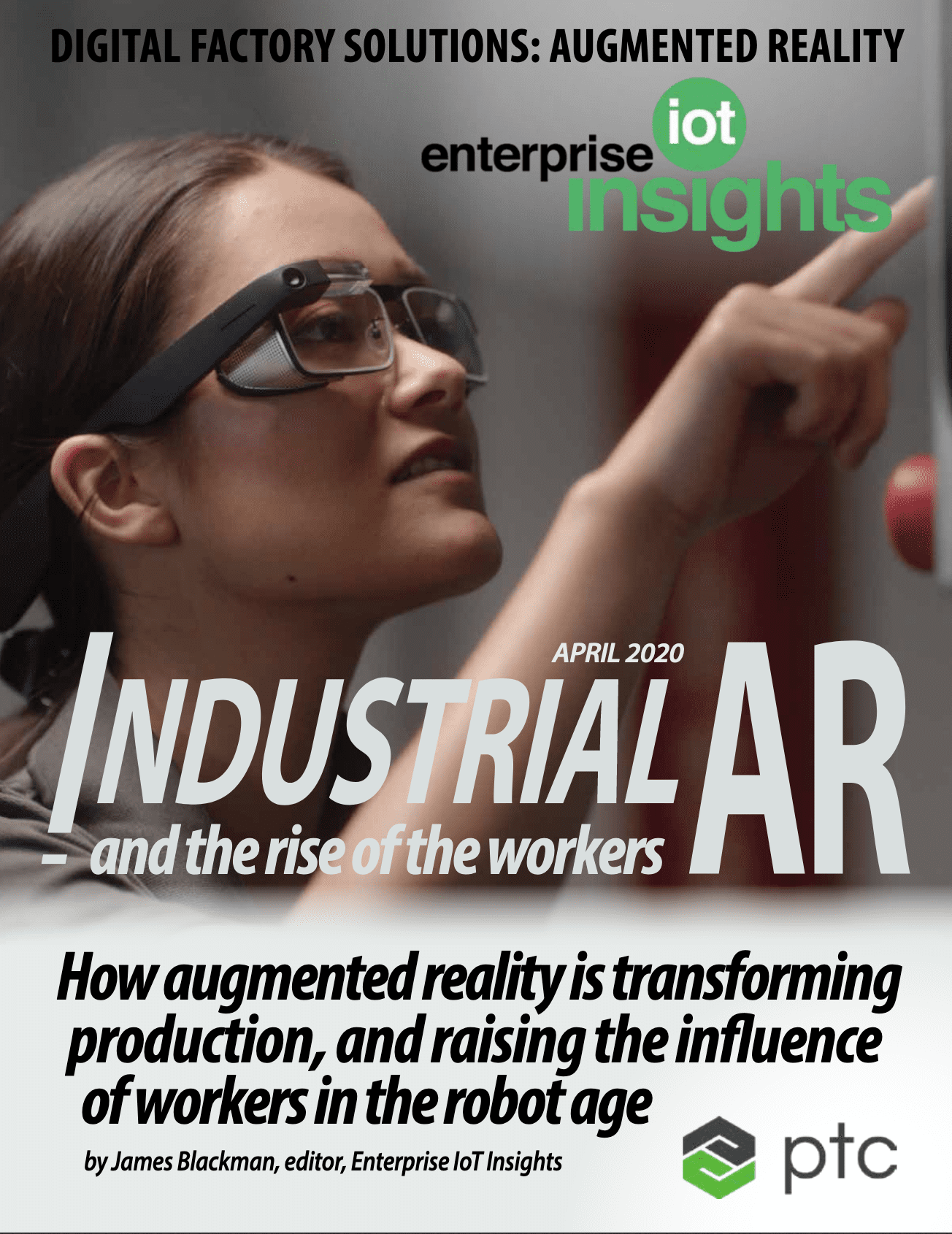Note, this article is taken from an editorial report on industrial AR, called Industrial AR – and the rise of the workers. The report is available to download here.
What is the deal with all of these alternative realities? The industry has come up with so many technologies, and so many systems. Or has it; are they just names for variations on the original augmented and virtual reality (AR and VR) themes?
The easiest distinction to make is between augmented (AR) and virtual (VR) realities, where the first superimposes digital information onto the physical world, via annotations on a live-streamed video or data in a heads-up display, and the second places the user into another world entirely.
These realities are markedly different, and have different applications. “The more you deal with the physical world, the more you need AR. The less you deal with it, and the more you work in a virtual world, the more that VR is useful,” explains Marc Schuetz, vice president of AR product management at PTC.
In industry, AR is commonly used to match virtual and physical manifestations of mechanical systems, and make adjustments between the two. It provides a window, effectively, to the swarming data provided by internet-of-things (IoT) systems and the context provided by analytics-based artificial intelligence (AI) tools. “AR is the user interface for IoT,” says Ian Hughes, principal analyst at 451 Research.
DIFFERENT APPLICATIONS
In particular, as discussed in the main section, AR works in industry to enable remote guidance and to optimise training and compliance. PTC only deals in AR, on the grounds it complement its broader Industry 4.0 sales portfolio, geared to change and charge manufacturing, and that it delivers most value as well.
VR shuts out the physical reality altogether, enabling users to transcend time and space. “If you want to run a training scenario on the international space station, then VR works. If you want to simulate what happened with a machine last week, or next week in other circumstances, then VR lets you dive right in,” says Schuetz.
The ability to transcend space is magnified both ways, as well. Users can blow up and search around in miniaturised worlds, to navigate the design of silicon chips, for instance, or get a picture of aircraft-sized relativity issues.
Ian Henderson, chief technologist for manufacturing at HPE, comments: “VR is seeing increasing use for training environments, particularly for hazardous environments. As the VR user is fully immersed, it has limited us in the factory but it can be used to simulate a worker in a production cell allowing optimisation to be completed in a virtual model built as a digital twin of the physical world.”
Hughes at 451 Research comments: “VR is primarily used as a training tool to provide repeatable education and allow muscle memory to be developed in engineers. AR is used to provide live work instructions and remote support with annotation capabilities with a see-what-they-see approach.”
MIXING REALITIES
What about the newer concept of combining AR and VR into a singular mixed reality (MR)? This is the line from Microsoft, used in support of its HoloLens headset, an AR variant that uses multiple sensors and optics to offer holographic processing to allow interaction virtual objects placed in the real world.
Mark Sage, executive director at the AR Enterprise Alliance (AR), is not convinced. “No, you’re not in a completely virtual world. You can still see the real world,” he says. “Mixed reality is Microsoft’s way to put the HoloLens into a field of its own.”
But, surely, it takes AR further than the kinds of instructional content offered via monocular heads-up displays from the likes of Google, RealWear and Vuzix, as well as by smartphones and projection systems? You can’t pull an engine apart as you can using the kind of stylised MR offered by the latest HoloLens devices, or by spatial computing startup Magic Leap.
Does Microsoft have a case, at all? No, suggests Sage. “It will say otherwise, but for me, being just a simple lad, my understanding is you’re either in a virtual world or an augmented one, putting content on top.”
He goes on: “You can’t mix the two – you can’t be in both at once, and you can’t go from one to the other. It is a cool idea, but you are only ever in one environment. Does HoloLens enable you to switch? No, it only allows you in the AR environment; there is no VR window, currently. So MR is just a marketing term.”
But we’re not done yet; there are other terms, too. Qualcomm’s marketing team has been busiest, deploying ‘XR’ (extended reality) as an umbrella term to describe the of combination of these other three. It has a chip-based compute story buried in there, too: that the combination with incoming 5G and distributed AI will see us lay down our handsets in favour of glasses. Qualcomm has even defined this process to liberalise AR/VR liberalisation with super-fast 5G and edge-based AI as ‘Boundless XR’.
EXTENDING CONCEPTS
The marketing terminology starts to get confusing; but Qualcomm paints a serious future that will alter our current digital reality. It’s not a matter of if, according to Hugo Swart, the company’s head of XR; it’s just a matter of when.
He says: “[XR] is going to be the new smartphone. For those of us in the industry that saw the migration from feature phones to smartphones, I see so many similarities. It was not just one thing that made the smartphone possible. It was display, processing, connectivity, content, and [the whole] ecosystem. These same vectors are going through right now with XR. There is not yet a single converged device that is like our smartphone today that works for everything. That will come.”


